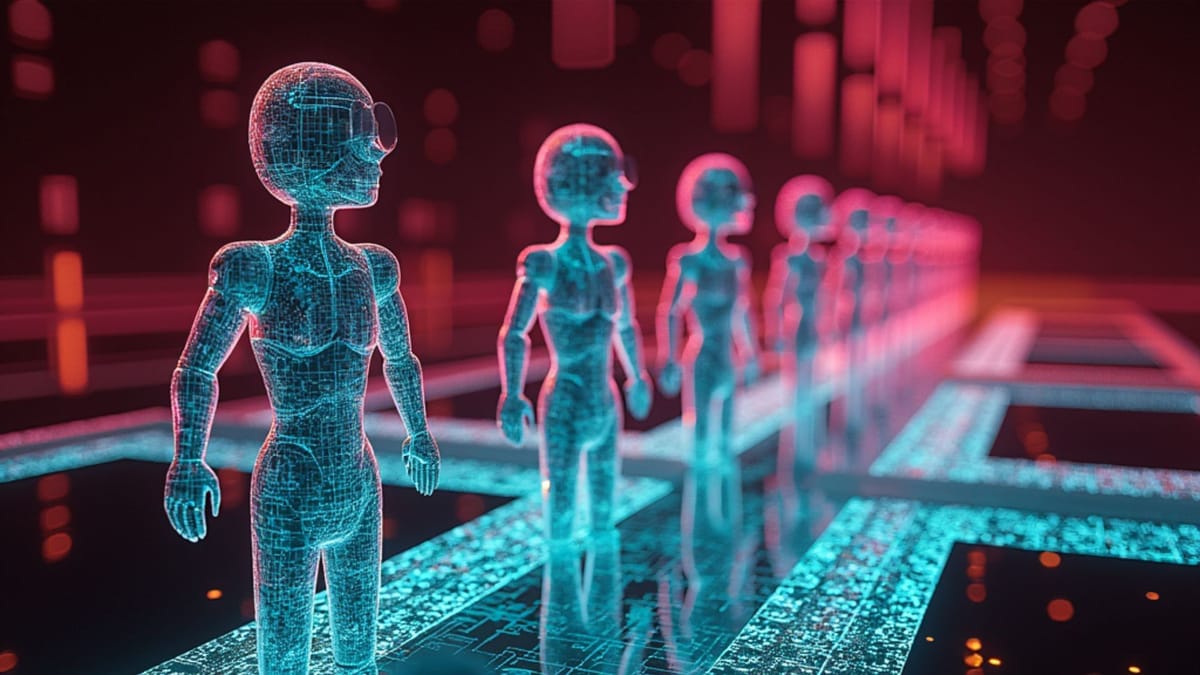Robotics Investment Strategy Shift: Scale and Price Matter More Than Technology

"Tech doesn't matter. Software doesn't matter. What matters is the ability to scale and price," declares influential tech investor Chicken Genius, challenging the foundational assumptions driving billions in investment across the humanoid robotics industry.
End of Miles reports that this contrarian view represents a significant departure from conventional wisdom in robotics investment, where technological capabilities and software innovation typically dominate valuation models.
The 99% Solution
The Singapore-based investor, known for his early insights into Tesla and technological disruption, argues that investors are fundamentally misunderstanding what will determine success in the emerging trillion-dollar humanoid robotics sector.
"You don't need the highest tech robot to perform 100% of the task. You just need enough tech to perform 99% of the task. It's like asking a PhD Harvard professor to make a sandwich. Optimizing for the last 1% requires 1000% effort." Chicken Genius
This "99% solution" perspective suggests that companies optimizing for manufacturing efficiency rather than technological perfection will ultimately dominate market share. The investor emphasizes that mass production capabilities and aggressive pricing strategies represent the true competitive moats in humanoid robotics.
Scale As The Ultimate Competitive Advantage
The tech analyst highlights several companies already positioned to leverage this advantage, most notably Tesla, Unitree, Xpeng, and Xiaomi - all organizations with established manufacturing infrastructure and proven ability to scale complex products.
"It's relatively easy to make a prototype but extremely difficult to mass manufacture a vehicle reliably at scale," The analyst quotes Elon Musk
This manufacturing-first approach contradicts prevailing investment strategies that prioritize companies with the most advanced capabilities or innovative designs. Instead, the theory suggests robotics will follow paths similar to other technology sectors where rapid cost reduction through scale becomes the primary competitive advantage.
Software Value Erosion
Perhaps most controversially, the robotics investment framework extends this "irrelevance theory" to software and AI capabilities, traditionally considered critical differentiators in robotics.
"Software doesn't matter in the world of AI. In a world where open source LLMs are as good or better versus multi-billion dollar trained LLMs, there's no intrinsic value attached." Chicken Genius
The self-described "X.com shitposter" suggests that as AI capabilities become increasingly commoditized through open source development, proprietary software advantages in robotics will rapidly diminish, further emphasizing manufacturing excellence as the key differentiator.
Market Context and Implications
The humanoid robotics market is projected to grow from essentially zero today to potentially trillions in market value, according to various analyst projections including Goldman Sachs' estimate of $38 billion by 2035. This explosive growth has attracted dozens of startups and major tech companies.
For investors, this "tech irrelevance theory" suggests a strategic pivot away from companies developing cutting-edge capabilities and toward those with proven manufacturing expertise and established supply chains. It also implies that many current valuations may be fundamentally misaligned with future market realities.
The investment analysis comes as humanoid robot development accelerates globally, with approximately one new startup entering the field every two weeks according to market tracking data.
The Price Factor
At the core of this investment framework is a relentless focus on the final retail price point. The analyst draws parallels to mobile phone adoption to illustrate how accessibility drives market dominance.
"Mass market equals price. No debate. Every monkey has a cell phone. Why? Price." Chicken Genius
This perspective suggests that while robot demonstrations and capabilities may capture headlines, the companies that drive costs down most aggressively will ultimately capture the largest market share, regardless of whether they offer the most advanced technology.





